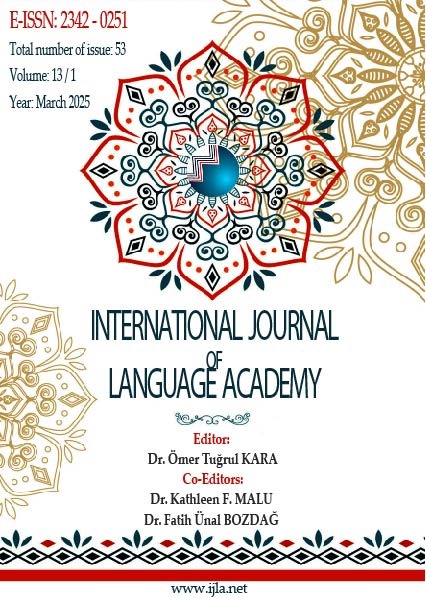Author :
Abstract
Keywords
Abstract
Being an Indian writer, Aravind Adiga is among the finest writers to portray India in literature. He is a native of that setting and has firsthand knowledge of the conditions there. In his novel, The White Tiger, Adiga draws a real picture of present-day India. He provides a comprehensive analysis of globalization and its complex effects on Indian society, notably emphasizing the pronounced class divisions intensified by economic transformations. The White Tiger is a journey and a story of Balram Halwai who endured various forms of poverty, social injustice, class conflict, and inequality. Balram rose from a marginalized and oppressed group to the top echelons of the post-colonial Indian society. This paper provides a broad overview of the novel and elucidation of the historical context of the book; moreover, it illustrates the binary oppositions, dichotomies, pairs, and dualities in The White Tiger elaborately. It delves into the issues of economic, social, and political inequality, in addition to corruption, bribery, and the absence of sanitation infrastructure, drinkable water, mass transit, or simple life requirements in India. The paper examines the impact of British colonialism on the country as well. Furthermore, this paper succinctly discusses some post-colonial matters in India and Homi Bhabha’s concepts of ambivalence, mimicry, and hybridity in The White Tiger.





